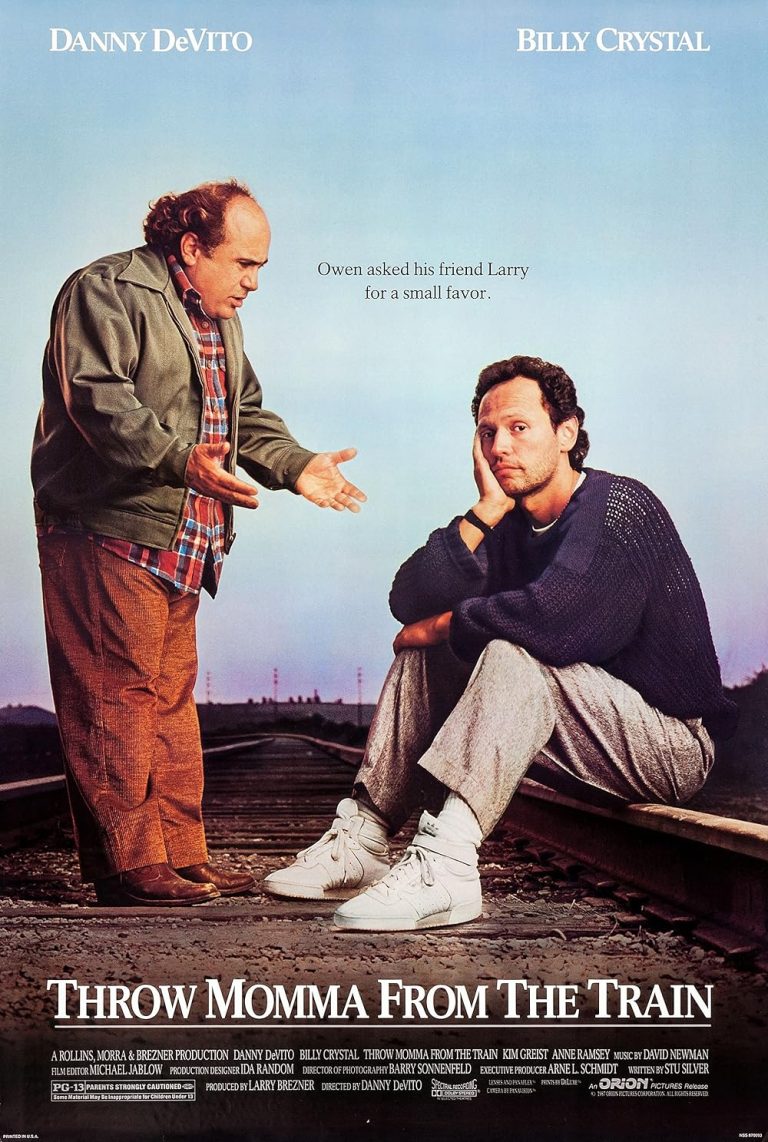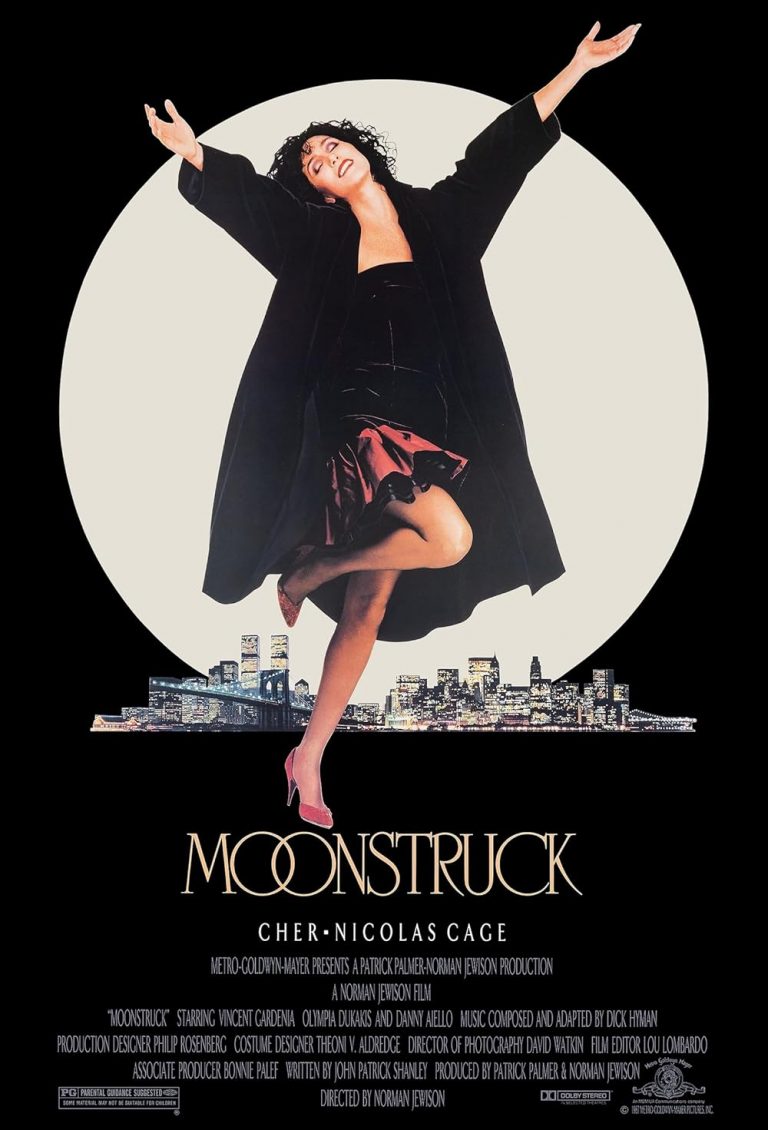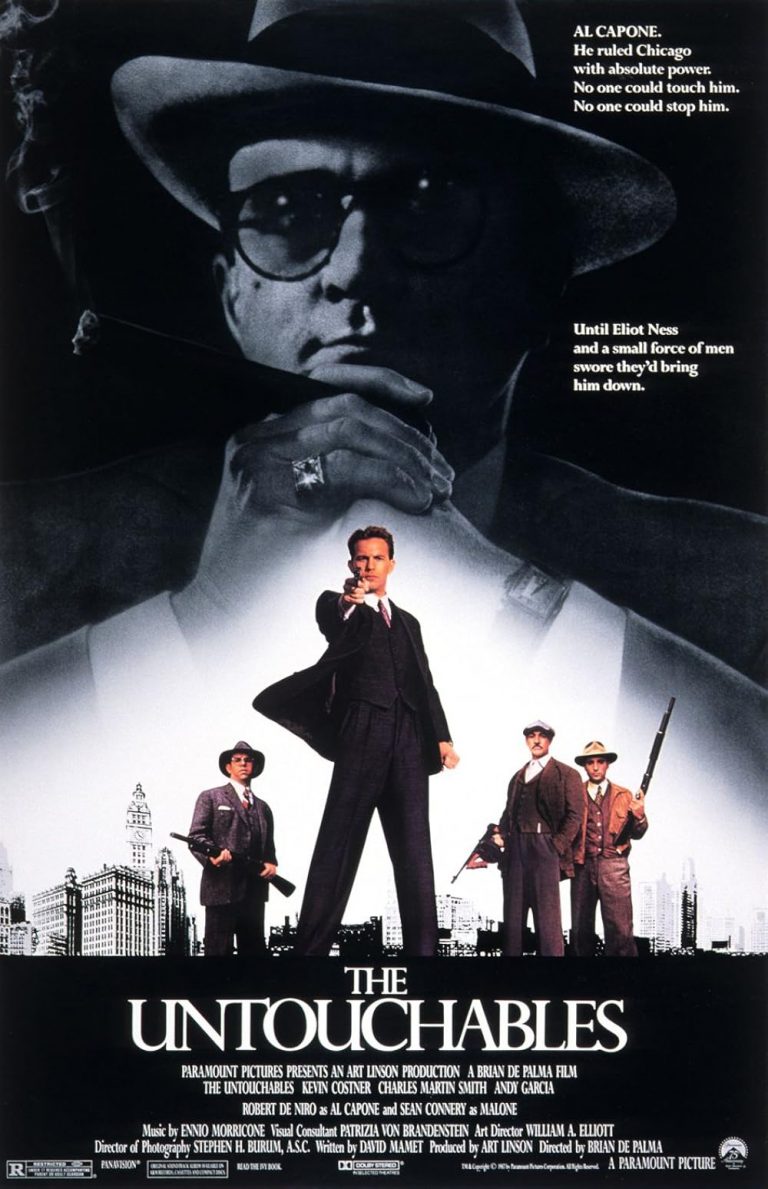Starring: Charlie Chaplin
Grade: Classic
When you look at it, 1931 was a great year for movies.
Summary
The city unveils a new monument to celebrate “Peace and Prosperity”. After some speeches, they take the cover off the sculpted figures, only to see the Tramp (Chaplin) asleep in the lap of one of them. After frantically getting off, the entire town chases him away. Eventually, he wanders along the street to meet a woman selling flowers (Virginia Cherill). She’s blind, but he’s clearly smitten with her. Some guy near them walks into his car and closes the door. She thinks it’s the Tramp leaving without his change. Instead of saying something, he uses this as a chance to observe her quietly. In the evening, the flower girl goes home to her grandmother (Florence Lee). That night, the Tramp wanders over to a harbor of sorts where he finds a drunken millionaire (Harry Myers) about to commit suicide by tying himself to a giant block and throwing it in the water. The Tramp tries to talk to him and convince him to live, but the millionaire throws the rope onto himself. The problem is that the hole of the lasso is too big, and it only caught around the neck of the Tramp. The millionaire throws the rock into the water, and it pulls the Tramp in. The millionaire goes in the water to save him, but it ends up turning into them saving each other. Realizing what almost happened, the millionaire considers the Tramp a friend for life and brings him back to his place to hang out. Once they get there, the millionaire asks his butler (Al Ernest Garcia) if he heard any news, but the butler just tells him his wife sent for her baggage.
Soon after, the Tramp and the millionaire get drunk together, resulting in the millionaire trying to shoot himself. The Tramp saves him again, so the millionaire decides to take him out for a night on the town. They go to some club and cause a bit of a stir with many of the patrons there, almost coming to blows with some of them because of their state of belligerence.
The next morning, the still drunk millionaire drives the Tramp home and hits every sidewalk on the way back, forcing the Tramp to take over to drive them home safely. Once they get to the house, he compliments the millionaire’s Rolls Royce, so he tells the Tramp to keep it. When the Tramp tries to go inside the house with him to hangout some more, the butler stops the Tramp from entering. As the Tramp sits on the porch, he sees the flower girl walk by. At the same time, the millionaire yells at his butler to bring the Tramp in. Finally, the butler lets him in, and he goes straight to the millionaire and asks for some money to buy flowers. Without questioning it, he gives the Tramp money, and the Tramp buys all of the flowers in the girl’s basket. She’s ecstatic. After giving the flowers to the butler to bring inside, the Tramp drives the girl home in the millionaire’s car. He kisses her hand before she leaves, and she lets him know he can come visit anytime. The love is growing, and the Tramp can’t help but watch her smile through her window before he leaves. Though once a neighbor spots him, he runs away, knocking over a barrel of water on accident on the way out. By the time he gets back to the millionaire, he’s now sober and doesn’t remember anything. He tells his butler to make sure no one bothers him. Even when the Tramp shows up and rings the doorbell, the millionaire doesn’t even look. He just tells the butler to get rid of whoever it is. The Tramp is forced to leave by the butler.
After he drives the car and stops to steal a cigar from a homeless guy off the sidewalk, he drives back to the millionaire’s house. The millionaire comes out of the house but clearly has no recollection of the Tramp, as he’s confused with why he’s driving the car. The Tramp greets him, but he says nothing and drives away.
From then on, The Tramp continues to run into the millionaire who only remembers him when he’s drunk (which is a lot), and he continues to see the girl. The Tramp goes out of his way to help her and her grandmother as much as he can, eventually promising to pay for this new “miracle” surgery that cures blindness (despite him being more broke than me). However, he will do whatever it takes to help her, even if it costs him dearly.
My Thoughts:
As Hollywood’s moved into talkies, Charlie Chaplin tried to combat this changing of the guard by releasing City Lights. Though he didn’t stop the inevitable death of the silent film, he still managed to churn out what many consider one of the greatest films of all time.
Not a bad consolation prize.
I can’t argue it either. There are very few films I would use to describe cinema as an art form, but if I had to choose one film to use as an example in such a discussion, City Lights would be it. It’s one of the very few silent films that will forever stand the test of time. This is Hollywood. This is the magic of movies. To this day, we are reminded of the genius of Charlie Chaplin and why he was one of the most talented to ever stand in front of and behind a camera. He was an incredible storyteller. His talent as a storyteller was so transcendent, he managed to make a silent film watchable in the modern era. Now, as a movie fan, I would argue there are plenty of silent movies that can be watched today, but I’ll admit it’s just me being a hopeful fan trying to introduce people to a dead genre of film. I can’t sit there and lie to myself and say people would enjoy the loads of great films that came out before talkies started. However, if I were to show someone one film to change their mind, this is the one. The Tramp was a character created with everyone in mind, as was a movie like City Lights.
If I were teaching a college class, this is one movie I would use to showcase how good the storytelling is for a silent picture, as it was still able to make its mark when sound pictures were all the rage. Not only did it have to be funny at the bar Chaplin set, but every movement onscreen becomes even more important to defining the characters and the narrative that comes out of it. The acting has to be impeccable to make a story like this translate to all countries and languages, and we see it with Chaplin and Virginia Cherill so effortlessly, making us feel the love grow between them as the film progresses and the two characters are driven further and further apart through a series of misunderstandings. Additionally, the music is just as important to setting the tone, a problem Chaplin always seems to have a solution for. He fires on all cylinders, giving us yet another adventure and reason as to why the quintessential sympathetic protagonist in the Tramp is one of the greatest in cinema history.
The Tramp is indeed a universally beloved character. When he bumps into something, trips over someone, and just tips his hat to apologize, I chuckle every time. His goofiness but good-hearted intentions help make the film the timeless classic that it is. Besides this, the plot is interesting enough, and the misadventures and gags are entertaining enough to keep you engaged throughout the entirety of the movie. This is a tough feat for a silent film because a good portion of some tend to drag. Then again, very few of those films have such a well-made romance angle such as this one. Seeing the Tramp’s infatuation with the pretty smile of the flower girl as she stares into the distance, and her hoping and praying to eventually see him again when things get rough, make you want them to succeed so badly. It gets to the point where you ignore the impossibility in the movie that they apparently came out with a “cure” for blindness.
With this, we are given one of the most satisfying, iconic endings of all time. Despite the fact we never see these two kiss or anything, we just smile in pure happiness as it was all worth it. It’s an emotional ending that modern film may never be able to replicate to the emotional level Chaplin did here. It’s a moment frozen in time, giving you goosebumps as you grin from ear to ear once the end credits roll. It’s beautiful and genuinely unforgettable.
Easily Charlie Chaplin’s magnum opus, I have no problem in saying City Lights is one of the greatest films in the history of cinema. It’s filmmaking at its finest, giving us a story that has been beloved by audiences for generations and will continue to do so well into the future.





+ There are no comments
Add yours